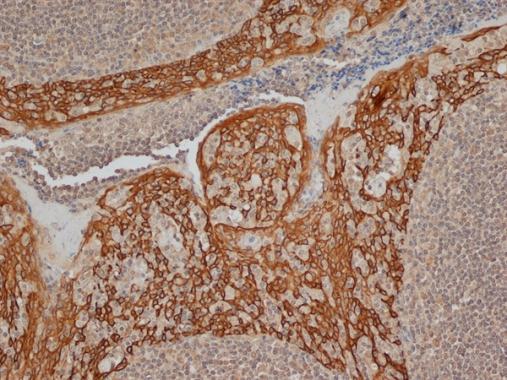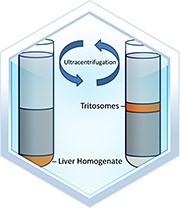The involvement of Prostaglandin E2 (PGE2) in cancer development has already been described (see the post “Tumour microenvironment – the dark side of PGE2). Recently, Kurtova et al. confirmed this idea by describing the role of COXII/PGE2 signalling pathway during bladder cancer cytotoxic chemoresistance. (1)
The authors hypothesized that surrounding Cancer Stem Cells (CSCs) and PGE2 might interact to promote tumour repopulation by CSCs after chemotherapy. They showed that Cytokeratin 14+ CSCs were unexpectedly recruited into cell division after chemotherapy contributing then to tumour repopulation; this mechanism being inhibited by PGE2-neutralizing antibody and by celecoxib COX2 inhibitor.
(1) Kurtova A.V. et al. “Blocking PGE2-induced tumour repopulation abrogates bladder cancer chemoresistance” (2015) Nature, Vol. 517. DOI:10.1038/nature14034
Access to PGE2 / COX2 related research tools is somtimes tricky. Here is a brief overview of well-qualified research reagents from specialized sources:
Active small molecules from Focus Biomolecules
- Prostaglandin PGE2
- CoxII inhibitors
- Rofecoxib
- Celecoxib
- Prostaglandin E (EP1) antagonist – SC-51089. SC-51089 does not inhibit COX11 and does not block PGE1 induced hyperalgesia
Highly Sensitive Immuno-Assays and primary antibody
- DetectX Prostaglandin E2 (PGE2) Immunoassay kit to quantitatively measure PGE2 present in serum, plasma, urine, saliva and tissue culture media samples
- Human cyclooxygenase-2 (COX-2) Assay Kit for relative measurements of COX2.
- Mouse monoclonal antibody [LL002] to Cytokeratin 14 for FACS (max. dilution 1/100), ICC/IF, IHC-Fr, IHC-P (max. dilution 1/200), WB



